Written by Audrey Wheeler
Rain barrels are officially legal in Colorado on August 10th!
This finally ends the ban on rain barrels in the state of Colorado. At last, we can all have access to an easy conservation tool that will help remind us of our connection to Colorado’s water supply.
Now, of course, the practical questions remain — where do I even find rain barrels? How do I install one? Look no further! We’ve done the digging for you.
Where do I get a rain barrel?
You can find all varieties of barrels at Lowe’s, Home Depot, Ace Hardware, Amazon and other home and garden stores. Make sure you follow Colorado guidelines that say your barrels can have up to 110 gallons storage total each, and that your barrel needs to be sealable to keep out breeding mosquitoes.
The company BlueBarrel gives recycled barrels a second life and helps you set them up into a rainwater catchment system! Make sure to grab an online voucher before checking out their stores in Denver, Lafayette, and Louisville.
Who can use rain barrels under this new law?
Anyone who lives in a house or townhouse with fewer than 4 units can use a rain barrel. No permits are necessary. For other narrow exceptions on who can collect rainwater, check out information on the State Engineer’s website.
How many rain barrels can I have?
Each household can have up to two rain barrels with 110 gallons of storage capacity. This is enough to help water your vegetable garden, outdoor plants, or a small lawn.
 What can I use the water for?
What can I use the water for?
Rain barrels can capture rainwater from roof downspouts and the water can only be used for outdoor purposes on the property from which the rainwater was captured. So, it can be used to water outdoor plants, lawns, or gardens, but cannot be used for drinking or indoor water needs.
For more very useful facts on Colorado’s new law (including concerns about mosquitoes and water quality), check out these quick answers from Colorado State University!
What else do I need to install my rain barrel?
Just a gutter. In order to make the most of your rain barrel, you may want to to create a raised platform for the barrel, such as cinder blocks or a wooden pallet. The higher your platform is, the higher the water pressure coming out of the barrel will be and the easier to get a watering can under the spigot.
Depending on your gutter structure, a flexible gutter extension can be useful, and may need to be secured with screws and sealed with caulk. Don’t forget to measure your gutter and buy a downspout extension that is the right size!
How do I install a rain barrel?
Here’s a nice how-to guide from Tree People: How To Install a Rain Barrel
And here is a collection of videos by Blue Barrel Systems for how to set up their systems: Videos
What do I need to do to maintain my rain barrel?
Below is some good advice from Tree People. CSU also has some helpful hints on how to keep out impurities and contaminants. And you’ll want to make sure to winterize it for our cold winters (see next question for tips)!
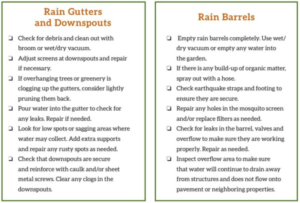
Once your rain barrel is installed, maintenance is easy. Simply use the water you’ve collected to water your garden and make sure the rain barrel is emptied on a regular basis. Don’t forget to double check that the rain barrel system is ready to go before a big storm!
What do I do with my rain barrel during the winter?
In Colorado, it’s not a good idea to leave your barrel set up in the winter, as water inside may freeze and damage the system. Right around the first frost, it’s time to pack it up for the winter. Adjust your gutter downspout so the water will run away from your house. Empty your barrel completely, rinse it, and let it dry. Then, either store it inside a garage or basement, or turn it upside down and leave it outside for the winter, covering it with a tarp if you have one. Make sure the spigot is open and all components are clean. In the spring, you can put it back in place and start harvesting rainwater again.
Will my rain barrel make a difference?
It may not seem like a lot, but in Colorado every drop counts. Using two rain barrels to water your plants could save up to 1,200 gallons a year, just from one household! It’s also a great way to connect to Colorado’s water supply, as using a rain barrel tunes you into the natural water cycles of our region.
Here’s Drew in a canoe to tell you a little more about why rain barrels matter:
More questions about the law on rain barrels?
Check out this short article, Colorado Department of Water Resources page, or this fact sheet from CSU.

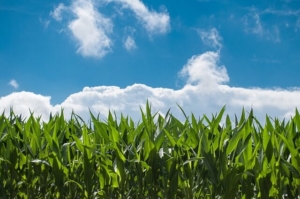 So far, scientists haven’t come up with a one-size-fits-all climate change solution for agriculture. But they are constantly looking for and researching new ideas. One of these is a technique called precision agriculture. Raj Kholsa, another CSU researcher, lays precision agriculture out
So far, scientists haven’t come up with a one-size-fits-all climate change solution for agriculture. But they are constantly looking for and researching new ideas. One of these is a technique called precision agriculture. Raj Kholsa, another CSU researcher, lays precision agriculture out  What can I use the water for?
What can I use the water for?
 But in Colorado, we’re committed to tackling these challenges. After an extensive — and collaborative — process, the state released the first-ever
But in Colorado, we’re committed to tackling these challenges. After an extensive — and collaborative — process, the state released the first-ever 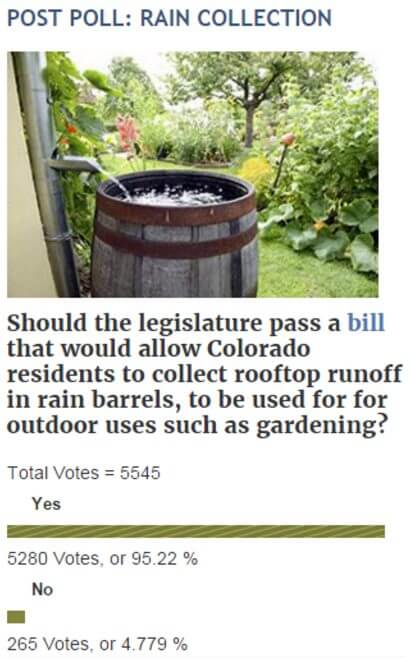 State Representatives
State Representatives 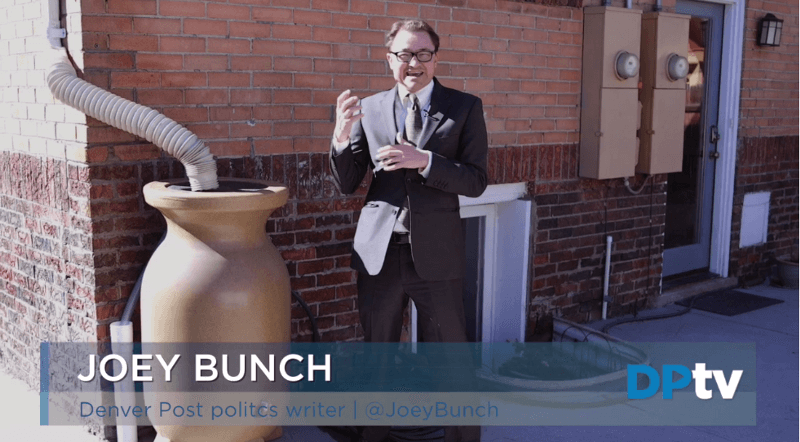

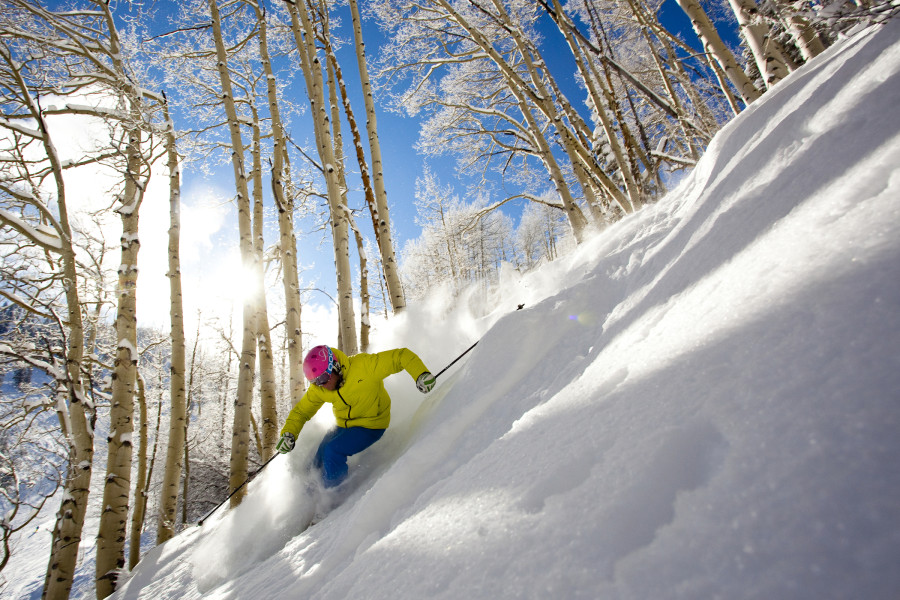 We advocated strongly for these principles at water planning hearings, one-on-one meetings with designated planning representatives, and the public. We heard from roundtable members that they needed more information and data on how to best protect their streams. We heard pushback that a statewide conservation goal was impossible because it would be seen as a “mandate” and “one size fits all” requirement. We heard that more Colorado River water needed to be transported to the Front Range. We kept hearing these things but we kept pushing our principles.
We advocated strongly for these principles at water planning hearings, one-on-one meetings with designated planning representatives, and the public. We heard from roundtable members that they needed more information and data on how to best protect their streams. We heard pushback that a statewide conservation goal was impossible because it would be seen as a “mandate” and “one size fits all” requirement. We heard that more Colorado River water needed to be transported to the Front Range. We kept hearing these things but we kept pushing our principles.

